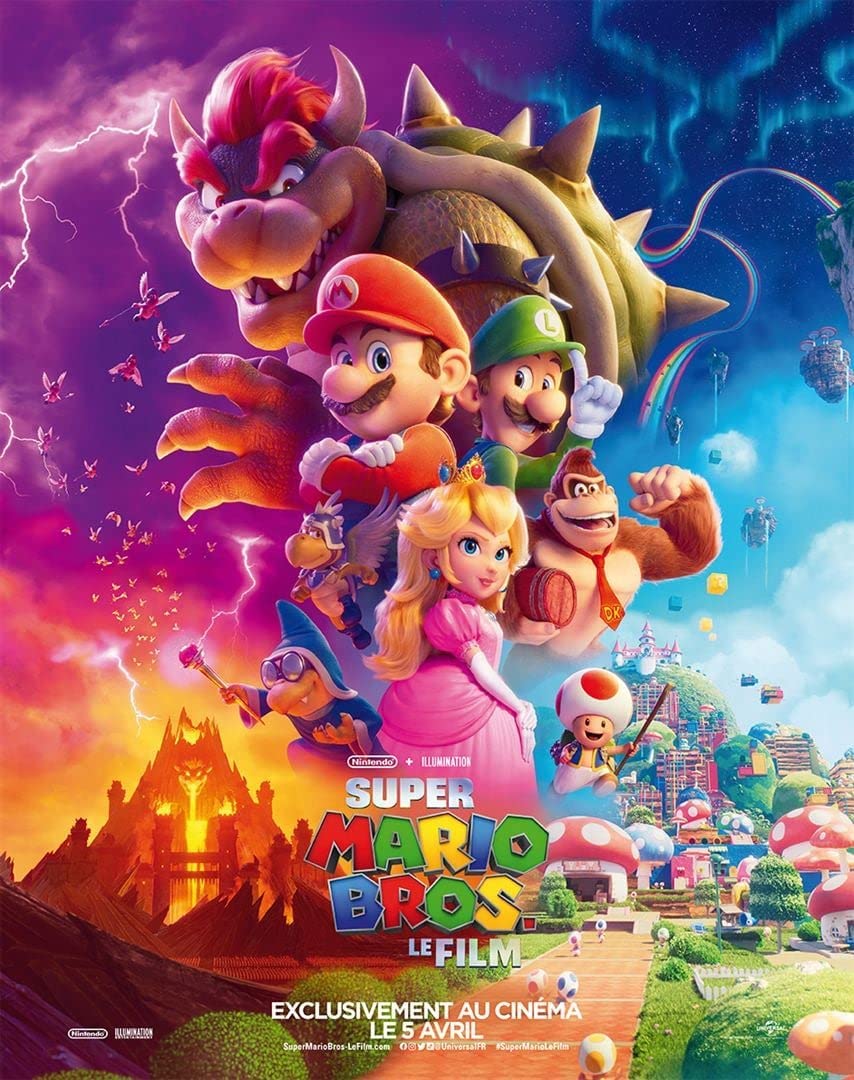On the occasion of the Netflix re-release of the Safdie brothers' film Good Time this month, let's take a look at the careers of the two New Yorkers and their rise to the crossroads of an increasingly rare American independent cinema.
Mumblecorps
 Safidie brothers / Arnold Daniel
Safidie brothers / Arnold Daniel
Boston, 2006. Joshua and Benny Safdie are both students at Boston University College of Communication. Already cinephiles and amateur filmmakers, rocked by a father in love with cinema communicating with them and educating them through films and having filmed all their childhood through his super 8 camera, the two brothers will meet Brett Jutkiewicz, Alex Kalman, Sam Lisenco and Zachary Treitz at university. Together, they will launch the Red Bucket Films collective and some will even link up in the long term to the work of Safdie like Sam Lisenco as artistic director.
Very quickly, their work, especially short films at the beginning, will be largely part of a very particular movement of American independent cinema of the twenty-first century then in full boiling, the Mumblecore. Limited means and exacerbated naturalism, the Mumblecore, although difficult to define having taken multiple forms, follows in the footsteps of a totally free American cinema, very inspired by the work of John Cassavetes and the New Wave. Non-professional actors, a very large part of improvisation as well as a search for a direct cinema, often documented, take place in real sets. Joshua and Benny Safdie will not fail to explore, throughout their filmography, a free and experimental cinema.
New York cinema confidential but noticed
 The Acquaintances of a Lonely John / Red Bucket Films
The Acquaintances of a Lonely John / Red Bucket Films
Very quickly, the Safdie's cinema, at first separately, will enjoy a real instant recognition although remaining quite intimate. It was in 2008 that Ben Safdie saw his first short film The Acquaintances of a Lonely John presented at the Cannes Film Festival at the Directors' Fortnight. The basics are already there, the student demonstrates a true naturalistic look, works with natural light and officiates on almost all the key positions of his film also playing the main role.
Joshua, meanwhile, after directing several short films, is approached by Partners & Spade to design a script and direct short projects. Still produced largely by Red Bucket Films, the project eventually became his first feature film and was bought by many distributors, particularly in France where, like Benny, he was at the Directors' Fortnight in Cannes in 2008. Its performer and co-writer, Eleonore Hendricks, won the Best Actor Award at the Festival EntreVues in Belfort. Although having a mixed reception, especially from American critics, The Pleasure of Being Robbed by Josh Safdie is part of a singular cinema composing the bases of a very impressive filmography to come. First, from one of the key subjects of the Safdie brothers: the city of New York and through it a search for quasi-documentary authenticity, the interest in the marginalized as well as the desire to compose rare moments through improvisation and experimentation. It is from the year 2010 that Josh and Benny decide to join forces to direct Lenny and the Kids (Daddy Longlegs in the USA) which will also be presented at the Directors' Fortnight under the name Go Get Some Rosemary. The film won the 2011 John Cassavetes Award at the Independent Spirit Awards and was nominated at numerous festivals around the world. A true ode to the cinema of the 70s by John Cassavetes, the film will launch for good the Safdie cinema advocating total independence still part of the Mumblecore movement. It is definitely with Mad Love in New York (Heaven Knows What in the USA) that the Safdie brothers will settle in the landscape of independent American cinema of the year 2014. It all starts with Josh Safdie's meeting with the young heroin addict Arielle Holmes on the streets of western Manhattan. The director will convince her to write her autobiography to put herself on stage, later, under the eyes of the two brothers. The film, despite a bloated rhythm and an uneven narrative, is a haunting and masterful sequel to this search for direct cinema that crosses the careers of the two directors. Onboard camera, Joshua and Benny Safdie film the streets of New York in a unique way appropriating its aesthetic while fully immersing themselves in an intimate way immersing us in the daily life of the young woman. Mad Love in New York will be presented in 2014 at the Venice Film Festival and will be nominated in prestigious festivals, including winning Best Director and Best Film at the Tokyo International Film Festival. This film will mark a real change in the career of Safdie opening later, in spite of themselves, to a much more industrial cinema. It is the obvious desire that Robert Pattinson will show to play in their next film that will eventually convince the two brothers to turn to fiction and a more mainstream cinema with Good Time in 2017, in official competition for the Palme d'Or at Cannes.
Good Time, furious cinematic alloy
 Good Time / A24
Good Time / A24
Available since September 14 on the Netflix platform, Good Time is an excellent introduction to discover Safdie's filmography. Exploring a disillusioned, deadly and yet fraternal youth, Robert Pattinson plays one of the most beautiful roles of his career interpreting a character both very intimate and being a front man of an entire New York generation.
Good Time has all the characteristics of a first film. Indeed, striking and very generous, the Safie brothers' film is amazing although suffering from an artistic overflow multiplying techniques and proving to be an improbable thriller, sometimes boring, eyeing around the action to the pure genre film . Always keeping in mind the independent heritage of their cinema and their mumblecore roots, the two brothers are always multi-tasking as real doers and tackle themselves several departments of the film, Benny Safdie will even go so far as to play one of the main characters. Their search for a direct cinema still hangs over Good Time filming most of their chases in the streets of New York, which they know by heart, among passers-by or allowing themselves to film prison footage in a real American prison surrounded by inmates playing their own roles. However, Good Time is also a highly referenced film, trying once again to pay tribute to the cinema of John Cassavetes by trying to pair it with that of Martin Scorsese. The Safdie brothers try here an impossible but extremely interesting bet in a rare cinematographic approach exploring fiction with an experimental and artisanal look. Good Time is more of an auteur proposal than a codified film responding to winning schemes. It is in this that it is a remarkable film, taking genres and their influences literally as a playground even going so far as to evolve the characters in a carnival throughout the last quarter of the film at the crossroads of both visual and purely cinematographic experiments. In the manner of a Robert Pattinson, imperial in the film, "wanting to be seen and filmed as an actor recovered from the street […] wanting to disappear" as the Safdie brothers reported to the Guardian in 2017, Good Time is both a providential and unclassifiable film for the duo of directors. However, it is the year 2019 in the United States that will take Joshua and Ben Safdie into another dimension, authors of a real tour de force also available on Netflix exclusively since the beginning of the year.
Uncut Gems, a meteoric rise at the crossroads of know-how
 Uncut Gems / Netflix
Uncut Gems / Netflix
The feature film Uncut Gems was the Safdie brothers' project of the decade. Imagined years ago their previous film Good Time, it is nevertheless this one that will allow them to give life to a film long dreamed. Uncut Gems is first and foremost a prodigy film, a film embracing the thriller genre giving it an exceptional breath being a worthy heir to the cinema of Martin Scorsese, executive producer on the project. Having digested their influences and techniques, the Safdie brothers managed the feat of reinventing themselves while proposing an emblem of all their work. Uncut Gems is above all an actor, Adam Sandler, carrying on his shoulders one of the most impressive roles of recent years and undoubtedly his best role in cinema. He gives his features to a purely fictional character, Howard Ratner, a Jewish jeweler overcharged halfway between a Scorsesian anti-hero and a tragicomic character. Joshua and Benny Safdie's latest feature film is no stranger to their way of telling themselves through their films. Jews, the Safdies will not hesitate to draw inspiration from their origins to work on the film depicting the world of the Diamond District, a very secret place located on 47th Street in the heart of Manhattan. The character alone represents all the clichés of the American Jew used in the film by the Safdies as "superpowers" in their own words. The two brothers will learn for many months to tame the neighborhood during scouting and research sessions already having a very pronounced record with this "diamond district" where their father, during the 80s, worked to tell them anecdotes and stories at the origin of their desire to stage it years later. The Safdie brothers, always in this search for authenticity so fertile in their career, will also film real jewelers of the neighborhood to bring concrete energy. They will even call on one of the sons of a famous jeweler to play the eldest of the main character. During the film, Kevin Garnett, a famous American basketball player, even plays himself and Adam Sandler wears more than $ 400,000 worth of jewelry on him. In Uncut Gems , the Safdie brothers will once again confront fiction with the real world in search of a naturalism that is still as astonishing as ever, almost chimerical. The duo of directors, beyond an ever more seasoned quest to ask the question of reality in cinema, will also take the opportunity to stage Uncut Gems with considerable means, coming from an independent cinema with modest production, as a real technical challenge by making a highly stylized film in multiple formats using a colossal number of anamorphic lenses to make a New York unique. It is Darius Khondji, famous Franco-Iranian cinematographer, having worked on David Fincher's film Seven, who will take care of a good technical part confronting tools he had never used before in his career. Finally, Uncut Gems is a soundtrack at the crossroads of influences and representing all the beauty of the film. Daniel Lopatin, already author of a singular composition with Good Time, signs here a masterful music between the Greek Vangelis and samples of the film Akira by Katsuhiro Ōtomo composed, at the time, by the collective Geinoh Yamashirogumi. A musical momentum very referenced in the image of a brilliant film with considerable qualities, potentially falling within the modern classics of the genre, to see or see again on Netflix. While waiting for the continuation of a certainly sparkling career, the Safdie brothers having just signed a contract with HBO last May to direct their very first television project, you can discover or rediscover for free the latest short film from Josh and Benny Safdie with Adam Sandler.















![[Live Report] Rock En Seine 2024 : 20 ans et toujours aussi passionnés !](https://www.justfocus.fr/wp-content/uploads/2024/11/RES24_JOUR01_LANA-DEL-REY_LOUIS-COMAR-12.jpg)
















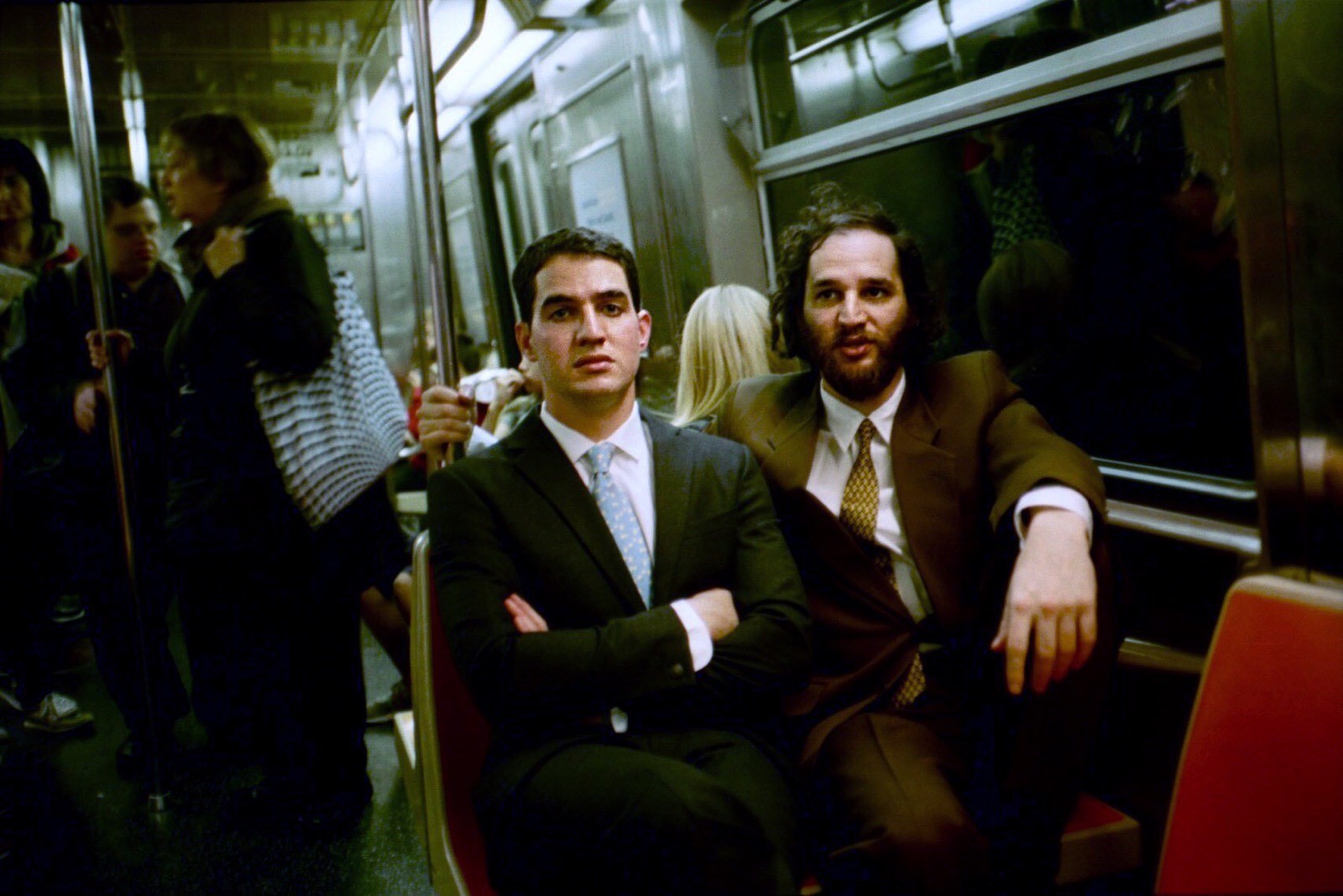
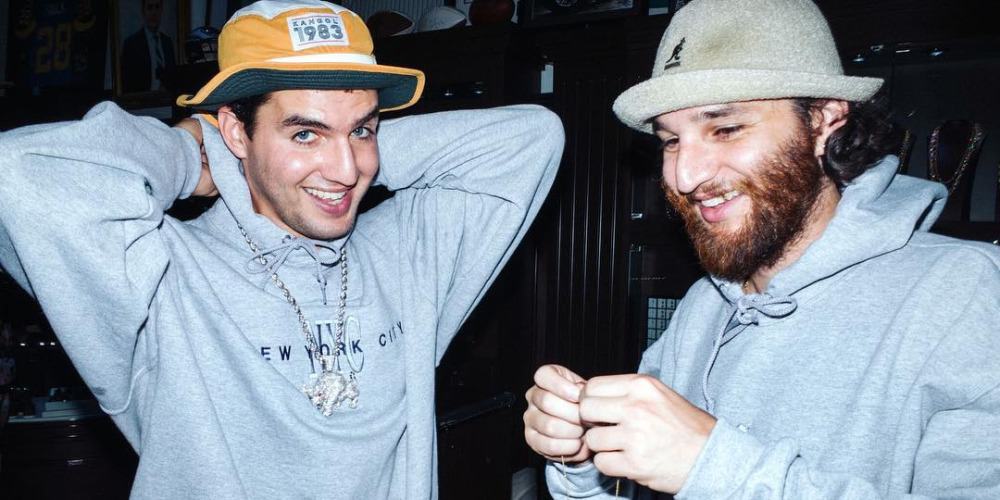 Safidie brothers / Arnold Daniel
Safidie brothers / Arnold Daniel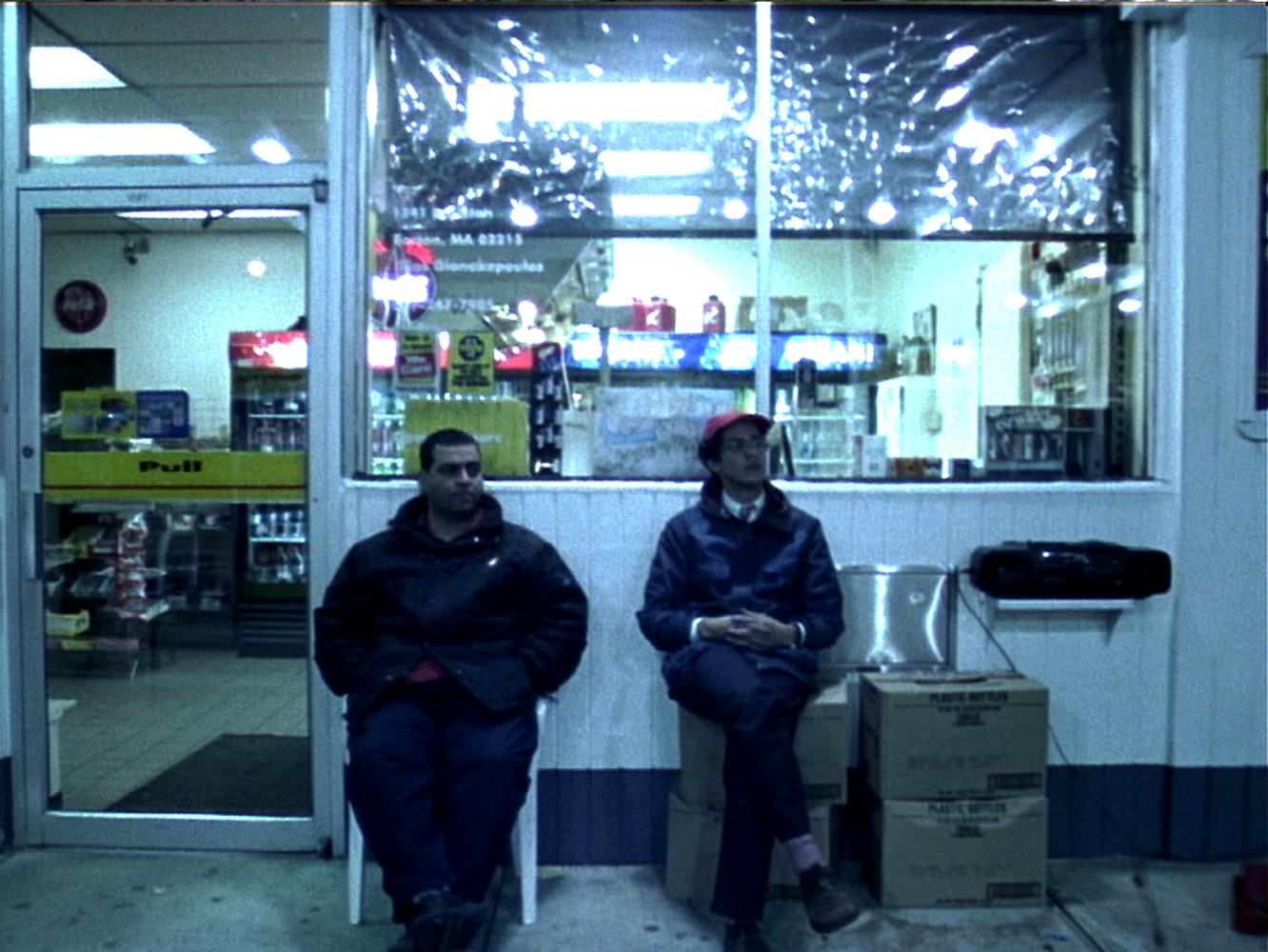 The Acquaintances of a Lonely John / Red Bucket Films
The Acquaintances of a Lonely John / Red Bucket Films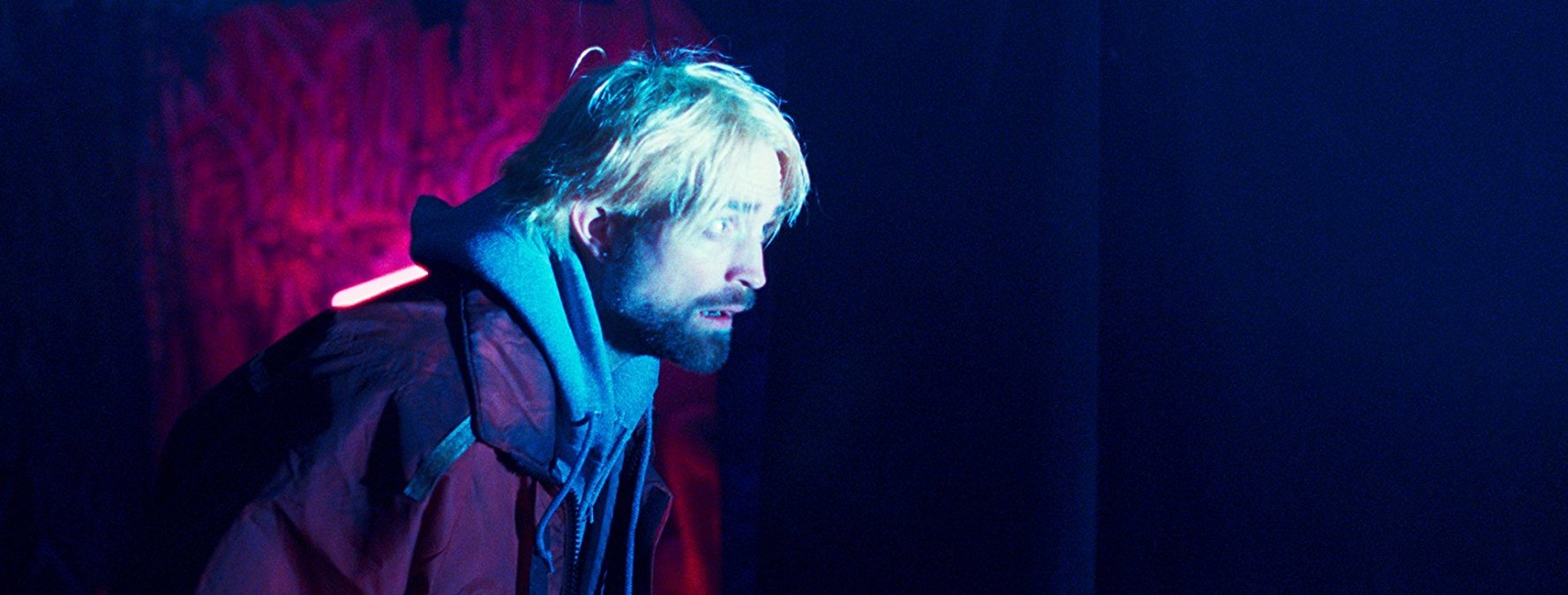 Good Time / A24
Good Time / A24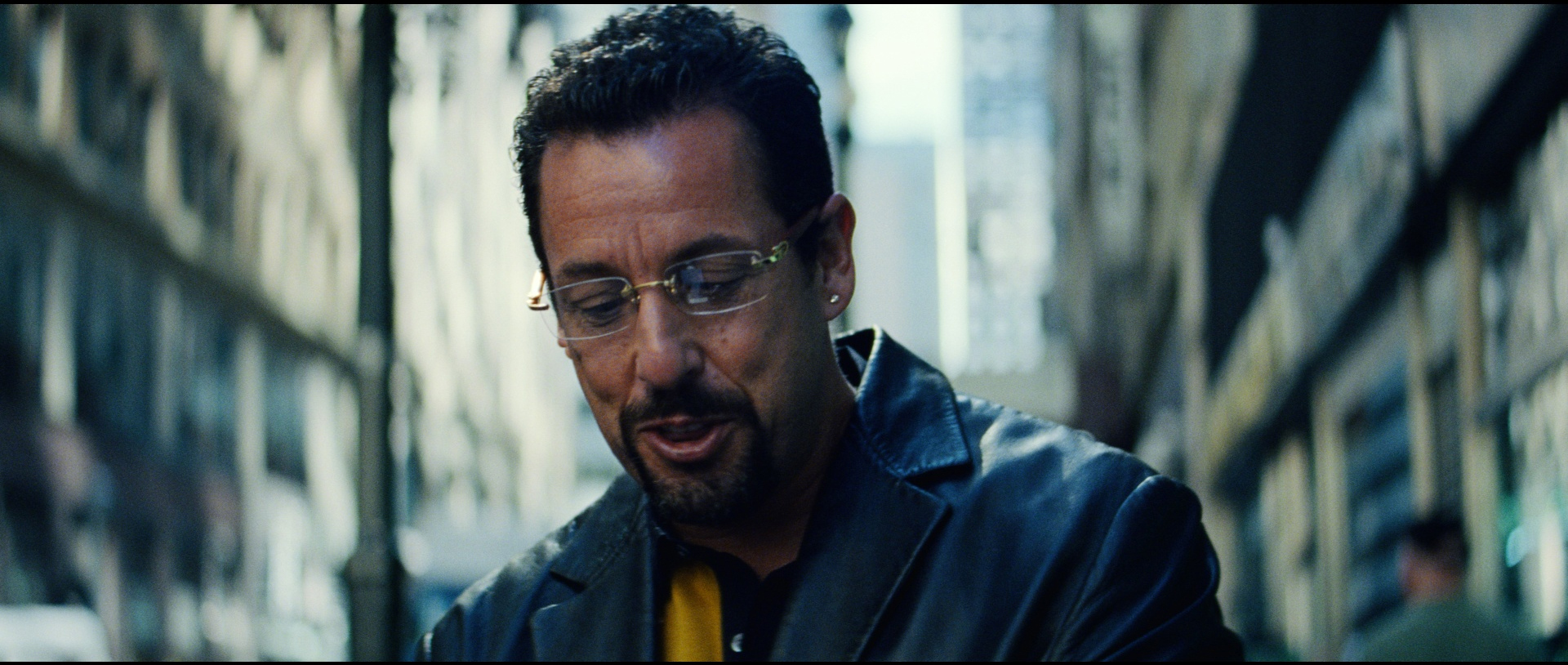 Uncut Gems / Netflix
Uncut Gems / Netflix